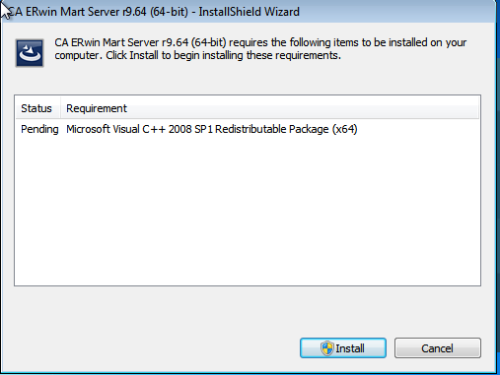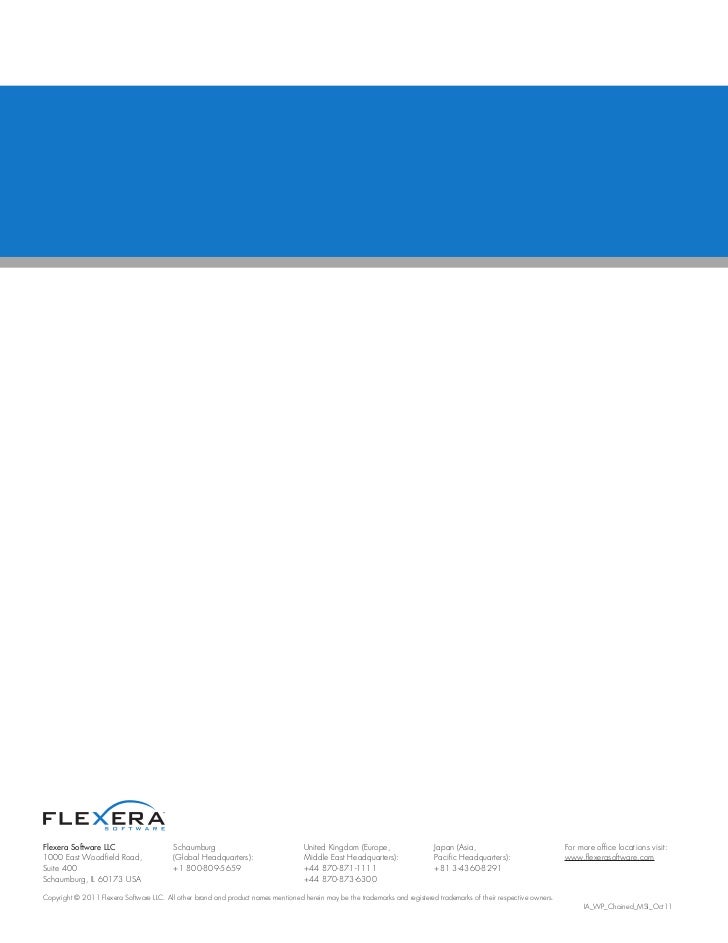Installshield Chained Msi Does Not Install
The InstallShield, MSI Projects course provides you with a solid understanding of installation terminology, the tasks an installation software program needs to perform, and the InstallShield development environment.In this course, you will learn how to customize your installation with custom actions in order to make changes to your end users' systems. You will also see how to correctly identify, install, and configure special types of files (e.g., COM servers, Windows services, and.NET assemblies). Finally, you will understand how to perform simple to sophisticated changes to your installation's user interface.This course teaches you how to create Basic MSI projects, which use the Windows Installer service (MSI) for the installation's behavior and appearance. This course does not cover InstallScript MSI projects.
In this class you will learn how to:. Create and organize an installation project. Install files and create shortcuts. Install and configure special types of files and data, such as registry and INI data, COM servers, Windows services, and.NET assemblies. Work with MSI sequences and custom actions. Customize your installer's user interface.
Package your Windows installer for Windows Vista, Windows 7, and later. Use the Automation interface to modify your project outside the graphical environment. Before you can test your installation, you must build a set of disk images. In this section, you will learn how to use the InstallShield graphical tools and command-line tools for building release images for CD-ROM or DVD-ROM, a network location, or for the Web. In this section, you will learn about:. Using the Release Wizard.
Installshield Chained Msi Does Not Install Mac
Media types. Web installations. Command-line builds. Using the InstallShield Automation interface. Digitally signing the installation and files. Using the Standalone build system. Windows Installer-based installations support several different installation modes.
In this chapter, you will learn how to run an installation from Windows Explorer or from the command prompt, how to perform silent and limited-user interface installations, and how to pass information to the running installation from the command line. In this section, you will learn about:. Running an installation. Understand how to interact with User Account Control (UAC). Maintenance and uninstallation. Reducing installation time for large packages.


Using msiexec.exe. Silent and reduced-UI installations. Passing properties from the command line. MSI Log Analyzer.